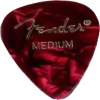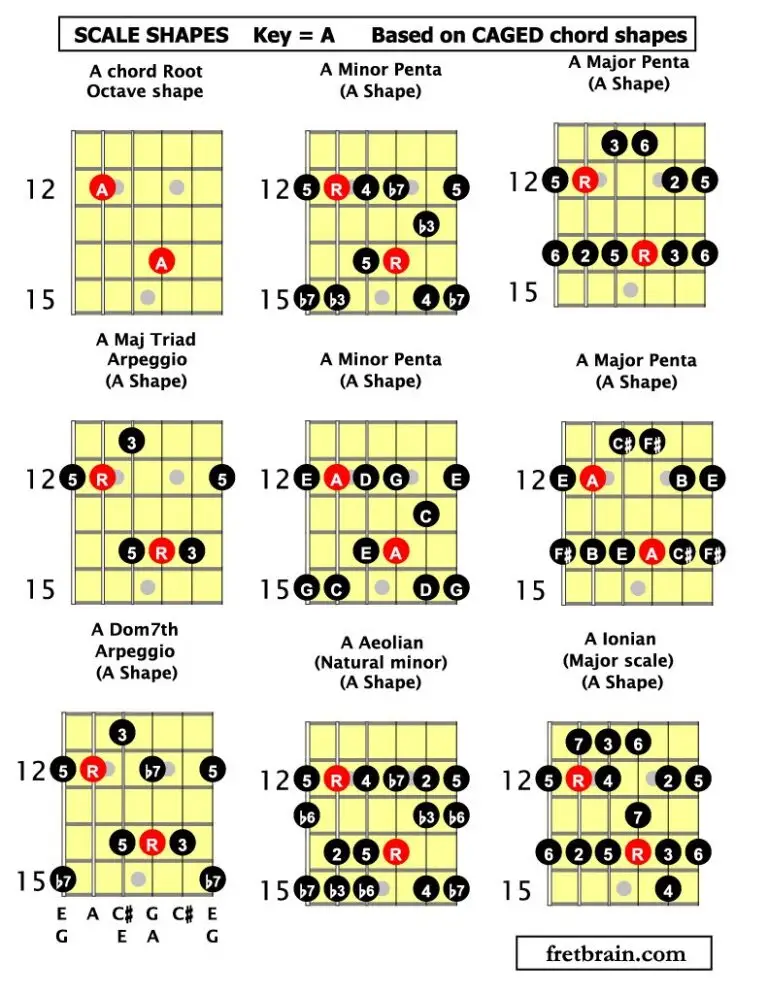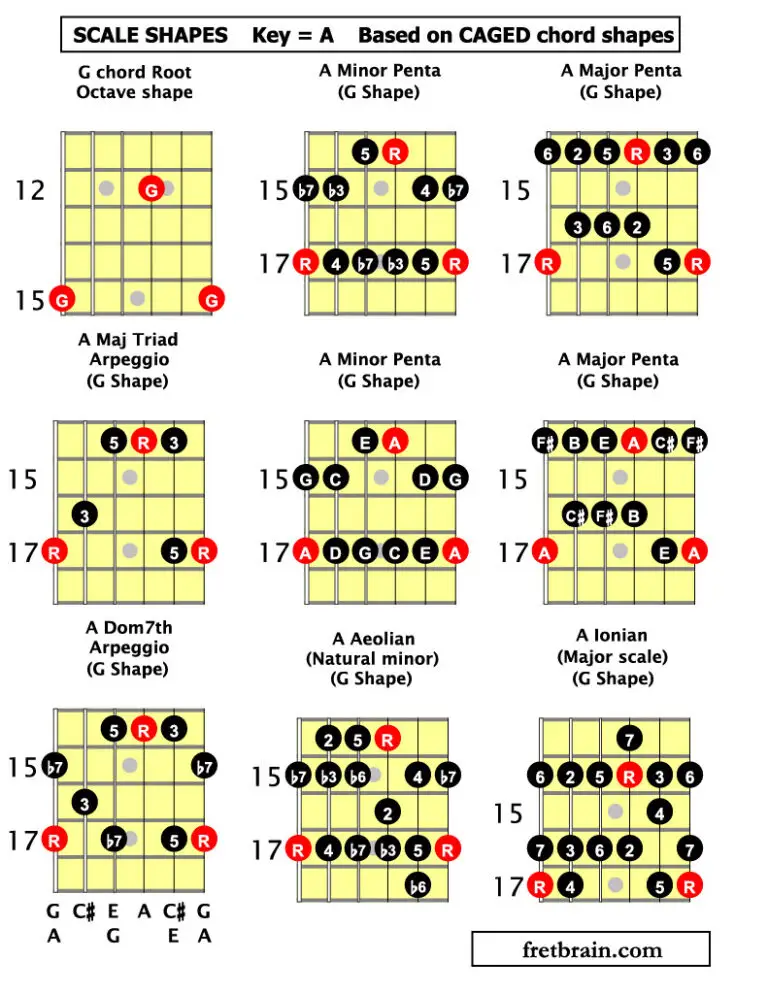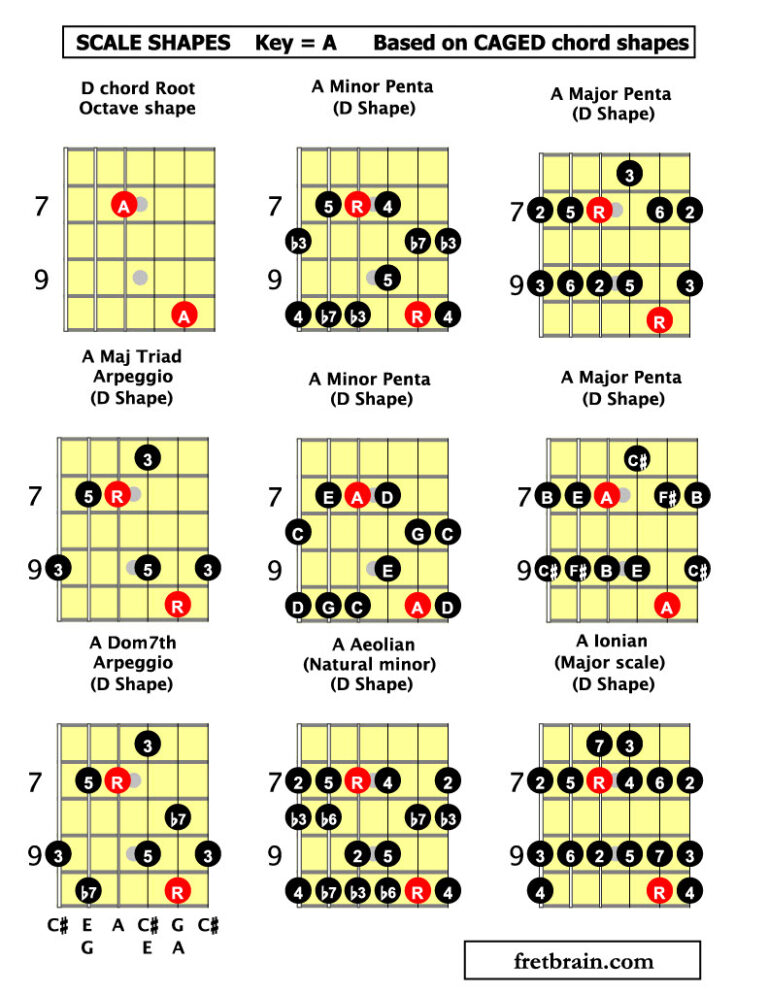Smart Practice
Regarding the "science" of guitar practice.
This site is interested in guitar. How to learn to play.
The focus is on getting the fundamentals down.
Hopefully this is a dialogue; certainly not a lecture.
So here are some tools, some ideas.
I look at the floor and I see it needs sweeping .. later 🙂
SMART PRACTICE
You have limited time to practice .. say 45 minutes ..
If you want to improve, here is one thing you can do:
Study the CAGED system
to really lock down your knowledge of the fretboard.
Here is a package, printed on heavy 65lb cardstock,
you can easily grab and practice... and avoid noodling.
- Learn the CAGED chord system.
- Connect scale patterns to chord shapes.
- Visualize the Root note connections.
- Apply this to all keys.
What can you find here ..

The visual tools to more productive practice time:
Visual charts to learn scales and chords at your fingertips.
. . . GOALS
Goals: Anything we practice implies we perform. What do you want to perform? For whom? Where? A 12 Bar Blues. Rhythm, Lead. Jazz, Latin, Island, Rock, Country. Various forms of music span a wide set of skills. So choose. What type of music makes you want to play. What techniques and skills are used in that type of music. If you can construct a practice routine that recognizes these goals, you will learn something specific, tangible, sequential. Go to the GOALS TAB to build out your GOALS definition.
. . . SKILLS
Technical Skills: These are the fretboard and picking hand skills that require repetition. Daily repetition. You need not waste a lot of time if you know precisely what these skills are and how to execute them. Practice the movements slowly at first. Repeat. Getting your fingers to do what you see skilled guitarists do takes time and a detailed plan. The SKILLS tab will guide you. Set up a detailed map. Use your time well.
. . . QUALITY INSTRUCTION
High Quality Instruction: If you are lucky to have a coach, great. If you need to mostly teach yourself, it really helps to have quality materials, that you can see well, that address what you are specifically trying to learn, and combine the elements of the music so you can associate musical attributes together. For instance, does your scale chart have the Root note and scale degrees noted, with note names, with scale patterns located in the same 4 fret span for simple chord progressions, such as a I-IV-V.
. . . PRACTICE DENSITY
Practice Density: this refers to how integrated your practice time is. If you had a skilled coach in the room, they might help you to see the value of working on several skills today that reinforce each other. Instead of just practicing a pentatonic scale .. include a chord progression, rhythm awareness, use of triads, modulating the dynamics, some slides, hammer-ons, pull offs. What songs use a particular sound; hear those basic sounds; major, minor, dominant 7, major 7.
. . . MUSIC STRUCTURE (THEORY)
Music Theory: Learning basic music theory is very helpful. Scales and Chords. Harmonize a scale, and you will immediately open up many potential sound combinations as you play simple chords and melody.
. . . . PLAY SONGS
Songs: Songs .. what it’s all about, right. Notice the richness of music when the performance is layered with beautiful chords, melody, drums, vocals, and instrumentation. Learn your favorite songs start to finish. Use backing tracks, loopers, DAWs, recording tools.
Detailed scale charts ... learn musical relationships ... FASTER
When you only have 45 minutes to practice, you want to locate the materials quickly, with little hassle. These easy to access pdf files will help you move to the guitar quicker.
AN EXAMPLE OF YOUR PRACTICE SESSION
Your practice session can range from noodling to productive. Right? What can you do to be prepared, learn what you want to learn, have it be cumulative, and be able to recall what you’ve learned. Does it help you to make music? . . . . . . . . . . .
Practice Density .. a tactic to build musical insights that connect the dots:
What is practice density? How can you achieve this relatively frequently?





